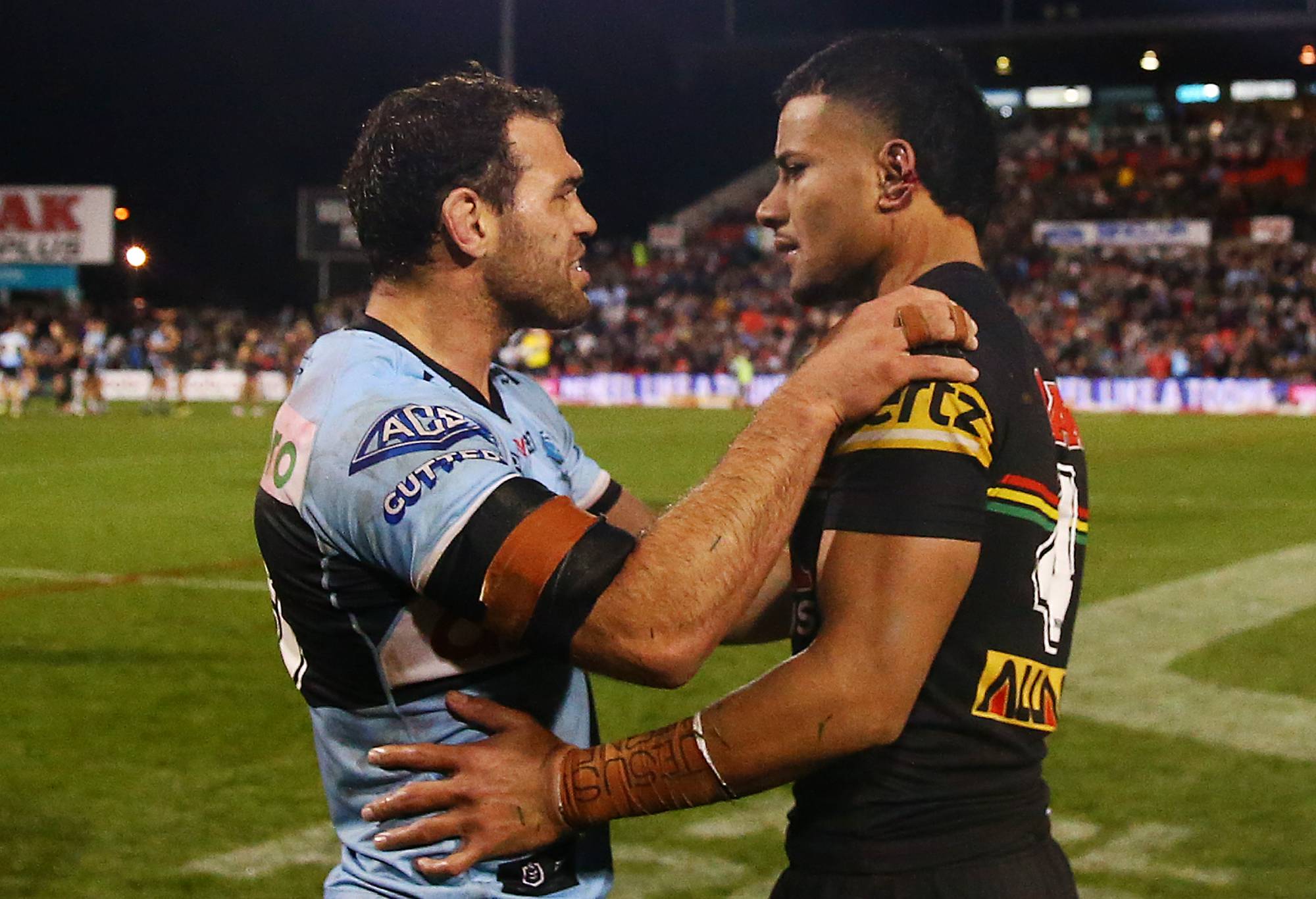NRL Power Rankings: Magic Round - Eels slip into abyss, Raiders deserve respect, Cowboys finally win but sink lower
Parramatta lived up to the Indigenous meaning for the name of their city as “the place where the Eels lie down” when they did…
Opinion
Recent retirement announcements from Dale Finucane and Luke Keary have put the topic of CTE and concussion back on the radar.
We have also seen a debate emerge this week over whether kick offs ought to be removed because they involve the risk of long range collisions like the Moses Suli/JWH incident over the weekend. Head injury risk remains a persistent issue and a burr in the NRL’s saddle that won’t go away.
I wrote a piece for The Roar about a year ago: Slow train coming: future NRL head injury claims are inevitable, action required now rather than later. In the article I made two observations:
“I greatly enjoy the physicality and gladiatorial aspect of the game and rail against the over policing of tackles or the disruption caused by HIA protocols, but I also understand that it might be a choice between no game at all or a slightly softer and safer version.”

Dale Finucane shares a moment with Stephen Crichton in 2022. (Photo by Matt Blyth/Getty Images)
“The speed of collision and size and power of athletes is continuing to increase and even with the current risk mitigation strategies in place, it seems unlikely that there will be so few players with long term effects as to keep the risk and costs to low and manageable levels”.
Both are hardly revelatory statements, yet it seems there is a very strong narrative among commentators and the NRL community that the NRL should prioritise preservation of the spectacle – and strongly resist rule changes, even if it means that risk of permanent brain damage and lawsuits will increase as a result.
James Graham is a shrewd and effective commentator but his thesis, shared by many, that the game is inherently brutal, and risks need to be accepted and understood in this context, is honest and straightforward. Yet it’s also an unrealistic and naïve approach which ignores the realities of the modern world.
I don’t favour banning kick offs because I think the likely safety gains are insufficient to warrant the negative impact on the spectacle and structure of the game.

Sitili Tupouniua of the Roosters leaves the field for an HIA during the round six NRL match between Newcastle Knights and Sydney Roosters at McDonald Jones Stadium, on April 11, 2024, in Newcastle, Australia. (Photo by Cameron Spencer/Getty Images)
I don’t know what the statistics show but it seems unlikely that this will materially reduce head injuries. Nonetheless it’s a perfectly legitimate question to discuss. There have been many developments and rule changes directed to reducing risk and injury: crusher tackles, cannonball tackles, shoulder charges, punching, tackling in the air – all have been policed or more heavily policed in the last 10 years or so. Positively, the impact on the spectacle has not been significant.
Most sensible fans don’t miss any of these elements of the game (with the possible exception of the shoulder charge). Similarly eliminating kick offs would probably not be fatal to the enjoyment of the game. If there was a good case that it would materially reduce risk of injury without ruining the game, as suggested by the credible Dr Nathan Gibbs – rugby league veteran and former Blues doctor. The kickoff question should be carefully considered rather than reflexively rejected.
There is a very real risk that heavy impact contact sports will be regulated out of existence within two decades. If CTE risks start to manifest with more serious frequency, there will be huge pressure from various quarters to take action and lawsuits will financially cripple the sport in any case.
The political and social power of the football fan base is huge but it’s not so strong as to outweigh the slow creep of legal regulation. There are limited responses which can be adopted to deal with this potential future. The NRL can hold firm and convince stakeholders and regulatory agents that risk of permanent brain damage is part and parcel of the game and that you “can’t make an omelette without breaking eggs”, or we can continue to evolve the game through rule changes and modifications to address more acute risks of injury even if it has some negative effect on the spectacle and gladiatorial aspects.
The second option is the only realistic approach.